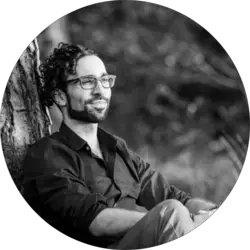![How To Deal With Sensory Overload [9 Tips For Overstimulation]](https://happyrubin.com/wp-content/uploads/2019/12/ik-ben-overprikkeld-150x150.jpg)
Meditation Tips For Beginners [3 Steps, 24 Tips & 104 Exercises]
![Meditation Tips For Beginners [3 Steps, 24 Tips & 104 Exercises]](https://happyrubin.com/wp-content/uploads/2018/11/hoe-mediteren-voor-beginners.jpg)
Are you looking for meditation tips for beginners? Here you can read clearly what it takes to start meditation: very little! The internet is full of exercises, techniques and postures, so that the opposite effect of meditation is achieved … You are overwhelmed. Let’s put an end to that with this simple explanation…
Contents of this page:
What is Meditation? An explanation for beginners!
In principle there is no explanation for meditation. Meditation cannot be explained in words , not even for ‘no-more beginners’. It is an indescribable ‘feeling’. Moreover, there are many types of meditation , so everyone understands it differently.
Fortunately, the most famous form of meditation can be captured in a sentence: stepping out of our thoughts and looking at them from a distance. Read this sentence carefully: it does not tell us to stop thinking. The sentence says that we just continue to think, but as a witness .
In the above paragraph, the meditation was about noticing your thoughts . In addition, there are other forms of meditation, such as meditation on your breath , a sound , a word or a walking movement …
Let’s try to dissect this explanation through the three steps below …
Step 1 – To meditate means ‘doing nothing’ except for one thing

If you look at meditation on a very simple level , then meditation is … doing nothing. Well, almost then …
There is of course not literally doing anything at all : our body is always doing something and that cannot be stopped. We are always standing or sitting and we cannot stop our breathing. So by ‘doing nothing’ is actually meant that we do one more thing . This is called an ‘object’ that we focus on, such as:
- Breathe …
- To sit…
- Stand…
- Lie…
- Walk…
- Looking at something …
- A thought that arises spontaneously …
- Or another object …
… and nothing else. So not multi-tasking, but mono-tasking and not being busy with something else in the meantime, such as working on your mobile phone or permanently moving your thoughts elsewhere.
Be fully present with whatever is happening right now.
Do not be strict with yourself, but be gentle . You don’t have to be able to calm your thoughts. You don’t have to be able to sit in a certain way. You don’t have to be calm. There are simply no requirements.
If you regularly ‘do nothing’ in this way, for example at the beginning of the morning, then you are already literally leading an unhurried life, calm and loving.
Just put your phone, work, book, laptop or other activity away and, for example, sit down without doing anything. So you literally take a much needed break from doing anything at all. And yes, looking at your phone is also doing something. Just take a break so that you are fresh and productive afterwards.
→ More inspiration for objects to meditate on, such as your breath or a feeling? You will find them all in this guided meditation text.
Step 2 – Doing nothing should not have a goal (future)

Read the last sentence of the previous paragraph again:
Just take a break so that you are fresh and productive afterwards .
There is a small pitfall in that last sentence: “… so that you are fresh and productive afterwards.” It is important that while doing nothing, you do not intend to be fresh and productive afterwards. Otherwise you are working on a goal / the future.
The point is that you do nothing and that everything you want is in doing nothing, in the here and now. This is the Zen posture: sit for sitting and peeling potatoes for peeling potatoes. Simply because all the fun and happiness is just here and now , sitting or peeling the potato.
So here you could already stop your search for information about meditation – and begin your actual meditation journey. Just take more real breaks in which you actually do nothing, not even by wanting something in the future with your thoughts. With meditation you give yourself a break.
During meditation you are without judgment and do not strive to change anything. Everything you want is already there.
Step 3: Thanks to that ‘doing nothing’ you suddenly become a ‘witness’
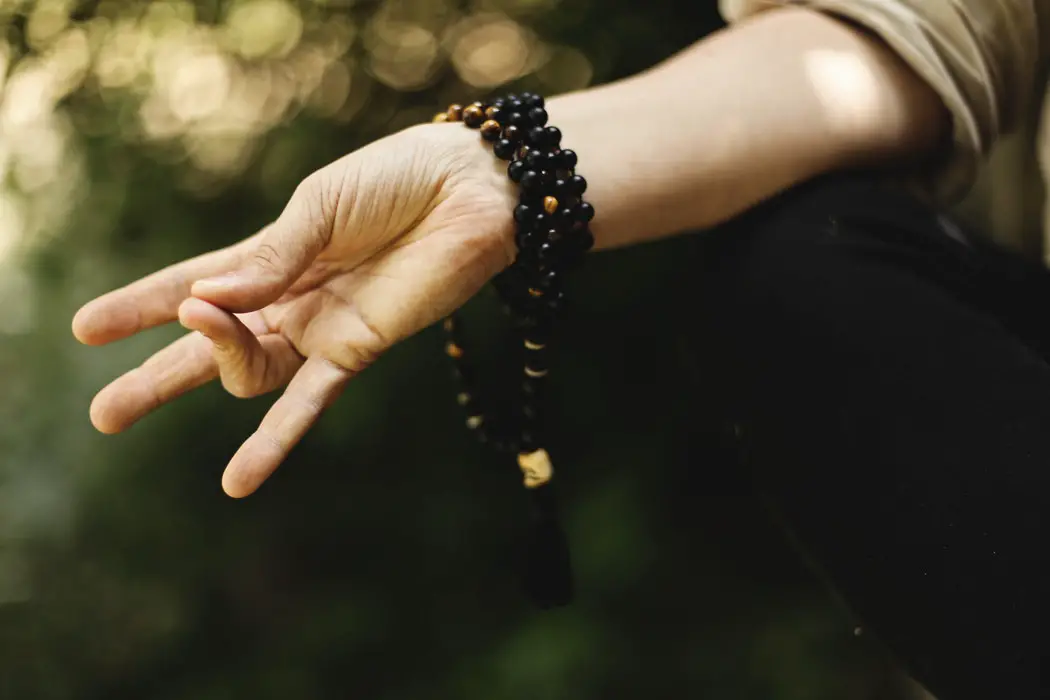
However, there is also a “deeper” aspect to meditation, which is ultimately what it is all about, but which is “too spiritual” for many people. If you want, you can take this step further …
As you have read earlier, in meditation we are not literally doing nothing, but we focus on one thing, that is one object, such as a breath or the feeling of sitting.
And if there is an object, then there is also a space in which that object is located and / or something that perceives that object! You are that witness and that space around the object . The real you, that is. When you identify with this ‘real you’, you gain infinite access to additional intelligence.
Now you identify with that space, and no longer with the object, through which you can feel peace, stillness, strength, peace and many more special qualities.
To call it a ‘less fuzzy’ advantage: now you can suddenly ‘ witness ‘ the things you normally do ‘ automatically ‘, such as automatically grabbing your phone, automatically worrying or automatically putting food in your mouth. At first you were too busy doing those things, like thinking, that got you into it. And when you are in something, you cannot look at it. Now it is!
→ Continue reading about this ‘witness’, or ‘space’, or ‘mere consciousness?’ Here you will find a detailed explanation.
20+ meditation texts and 84+ mindfulness exercises to get you started step by step
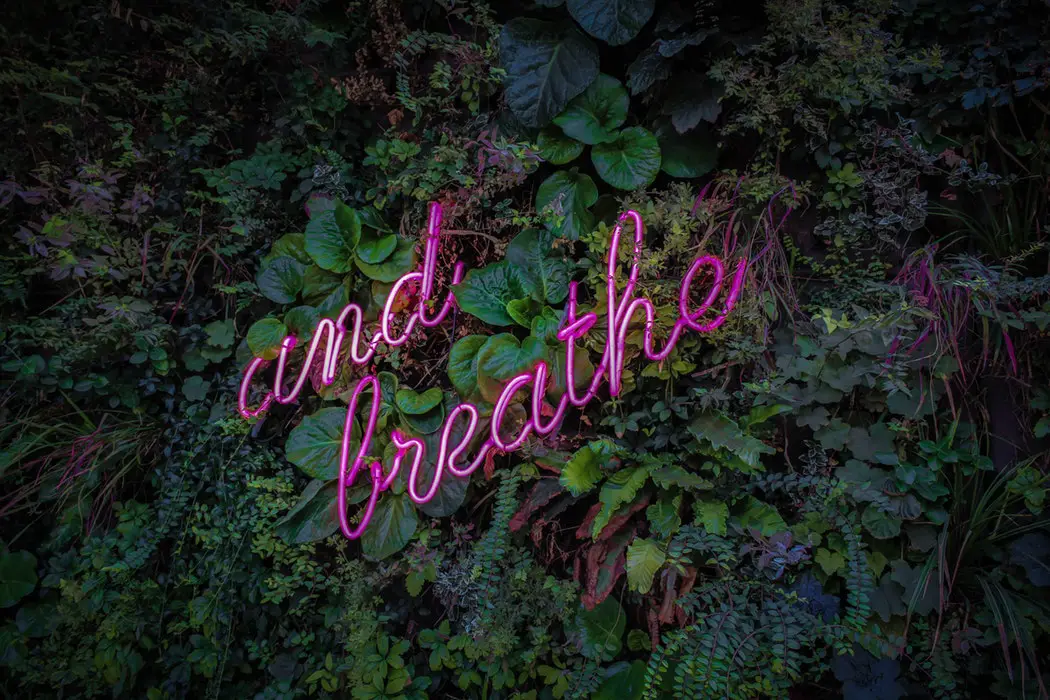
In fact, the explanation of the above three steps is enough for you, but if necessary , use these guided meditation texts to know in detail what else you can do in a meditation.
Mindfulness is also a form of meditation. Here you will find 84+ mindfulness exercises that you can also apply for your meditative moments in a day.
24+ advanced tips
Do you want to read more advanced tips about (mindfulness and ) meditation in addition to this article for beginners ? Check out this article with ‘advanced’ tips. You will also find more information about different types of meditation here.
These books on meditation are also excellent for beginners
Jack Kornfield wrote the excellent book in 1998 : ‘Meditation For Beginners – Simple Meditation Techniques For Western Man’.
Have fun meditating and feel free to click on a new blog article!
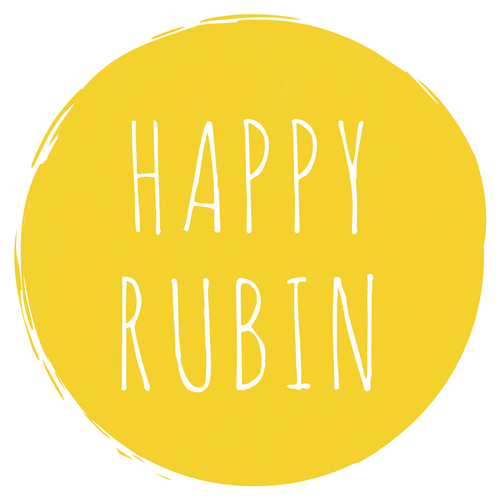
![5 Best Self Care Tips For College Students [#1 Advice]](https://happyrubin.com/wp-content/uploads/2021/09/the-best-self-care-tips-for-college-students-440x264.jpg)
![How To Stick To New Year’s Resolutions: 9 Tips [Smart & Sure Ways]](https://happyrubin.com/wp-content/uploads/2019/12/tips-voor-goede-voornemens-440x264.jpg)
![How To Stop Being So Hard On Yourself [9 Great Tips]](https://happyrubin.com/wp-content/uploads/2019/12/we-moeten-zoveel-van-onszelf-en-anderen-150x150.jpg)

![19 Best Ice Breaker & Get-To-Know-Eachother Games [Fun & Simple]](https://happyrubin.com/wp-content/uploads/2018/02/leukste-ijsbrekers.jpeg)
![Becoming More Social: 41 Tips [Improving Social Skills] [List]](https://happyrubin.com/wp-content/uploads/2018/06/sociale-vaardigheden1.jpeg)
![How to start a conversation with anyone: 15 tips [Making contact]](https://happyrubin.com/wp-content/uploads/2017/08/gesprekstechnieken1.jpeg)
![372 Friend Tag Q&A Questions [Best Friend Quiz]](https://happyrubin.com/wp-content/uploads/2019/05/best-friend-tag-vragen-voorbeelden.jpg)



![Clingy & controlling behavior of partner/date [Extreme examples]](https://happyrubin.com/wp-content/uploads/2020/06/claimerig-gedrag-van-partner-eigenschappen-en-voorbeelden-150x150.jpg)

![How to recognize if a man is in love [Signals & his body language]](https://happyrubin.com/wp-content/uploads/2020/05/verliefd-gedrag-van-mannen-herkennen-150x150.jpg)
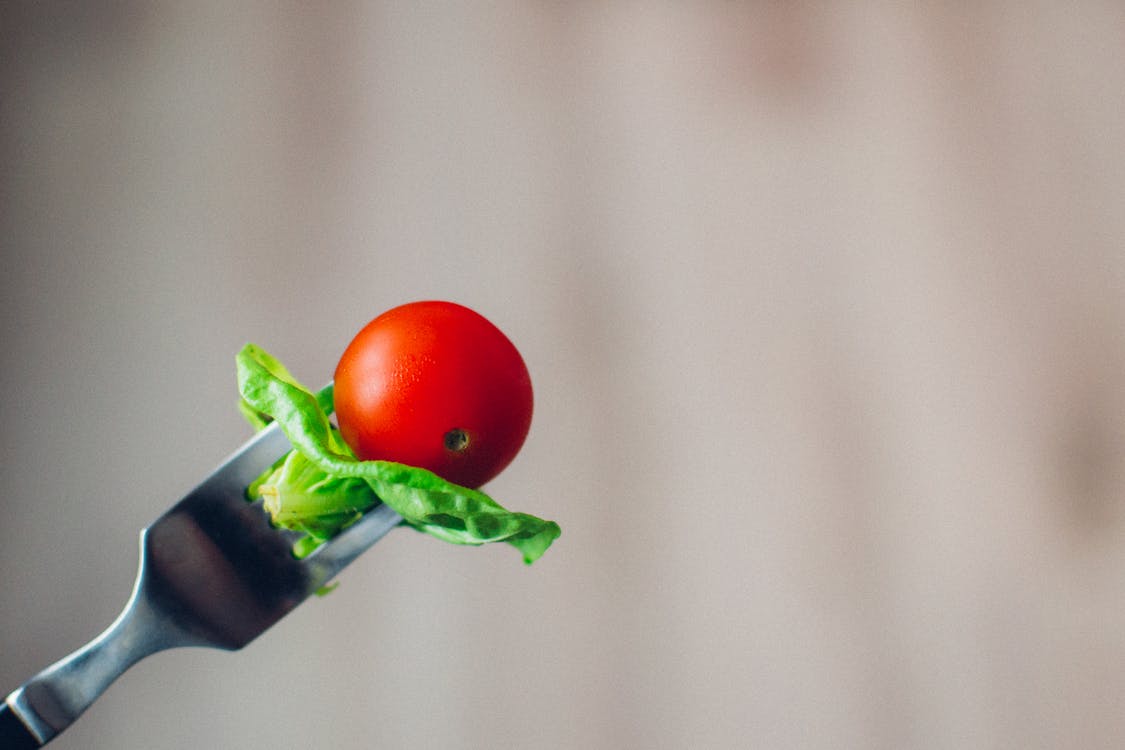

![Free will and religion / theology [Verses & Quotes on free will]](https://happyrubin.com/wp-content/uploads/2020/10/religion-on-free-will-quotes-1050x640-1-150x150.jpg)
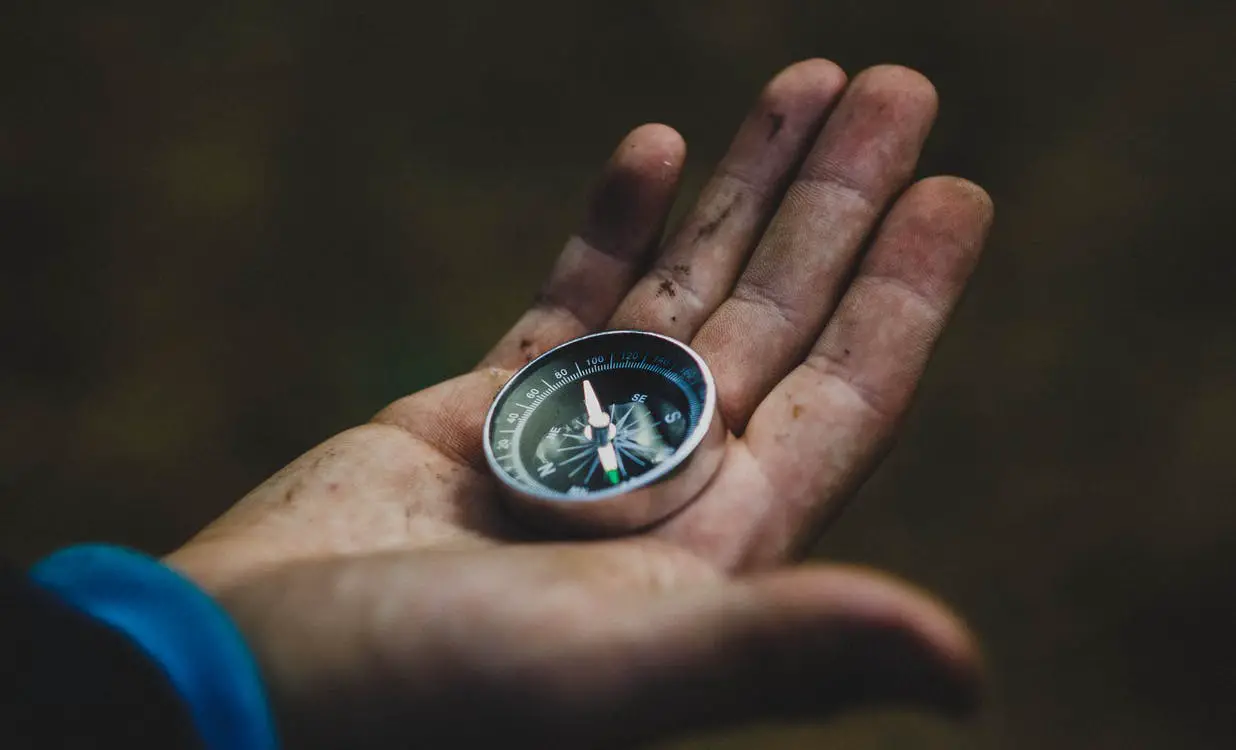
![Dealing With Setbacks & Hardship [Lessons & Examples]](https://happyrubin.com/wp-content/uploads/2018/11/omgaan-met-tegenslag-tips-hoe-dan.jpeg)
![NLP Agreement Frame: Use these exact sentences [Examples]](https://happyrubin.com/wp-content/uploads/2020/10/agreement-frame-nlp-1125x640-1-440x264.jpeg)
![122 Best Comebacks In Any Situation [Best Examples]](https://happyrubin.com/wp-content/uploads/2020/06/beste-comebacks-technieken-tips-440x264.jpg)
![Using Hypnosis to Stop Smoking [HowTo]](https://happyrubin.com/wp-content/uploads/2020/05/stoppen-met-roken-door-hypnose-150x150.jpg)
![Presuppositions language pattern: meaning & examples [NLP]](https://happyrubin.com/wp-content/uploads/2020/04/wat-zijn-vooronderstellingen-150x150.jpg)
![Peripheral Vision: Meaning & Exercise [Essential Skill]](https://happyrubin.com/wp-content/uploads/2020/04/perifeer-zicht-trainen-tips-150x150.jpg)

![How To Start A Coaching Business [21 Smart Tips]](https://happyrubin.com/wp-content/uploads/2018/11/coachingpraktijk-starten-tips.jpeg)
![How to make dreams come true? [33 tips to realize dreams 100%]](https://happyrubin.com/wp-content/uploads/2018/05/dromen-mijlpalen.jpeg)
![How To Become Rich? 27 Millionaire Tips [Guaranteed To Work]](https://happyrubin.com/wp-content/uploads/2018/01/hoe-kan-ik-rijk-worden.jpeg)
![77 Best Online Marketing Tools [Recommendations] [Also Free]](https://happyrubin.com/wp-content/uploads/2018/08/beste-onlne-marketing-tools-tips.jpeg)
![Complete List Of Virtues & Qualities [Including Explanation]](https://happyrubin.com/wp-content/uploads/2018/12/kernkwaliteiten-uitleg.jpeg)
![Being Attentive: How Do You Do That? [Meaning & 9 Tips]](https://happyrubin.com/wp-content/uploads/2019/05/attent-zijn.jpg)
![Being Conscientious: Meaning Of This Virtue [Explained]](https://happyrubin.com/wp-content/uploads/2018/07/Consciëntieus-persoon.jpg)
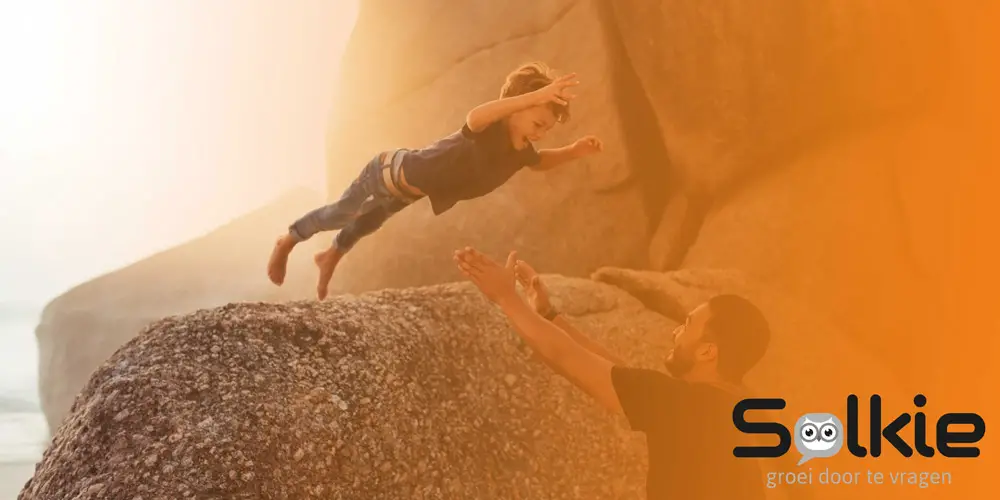
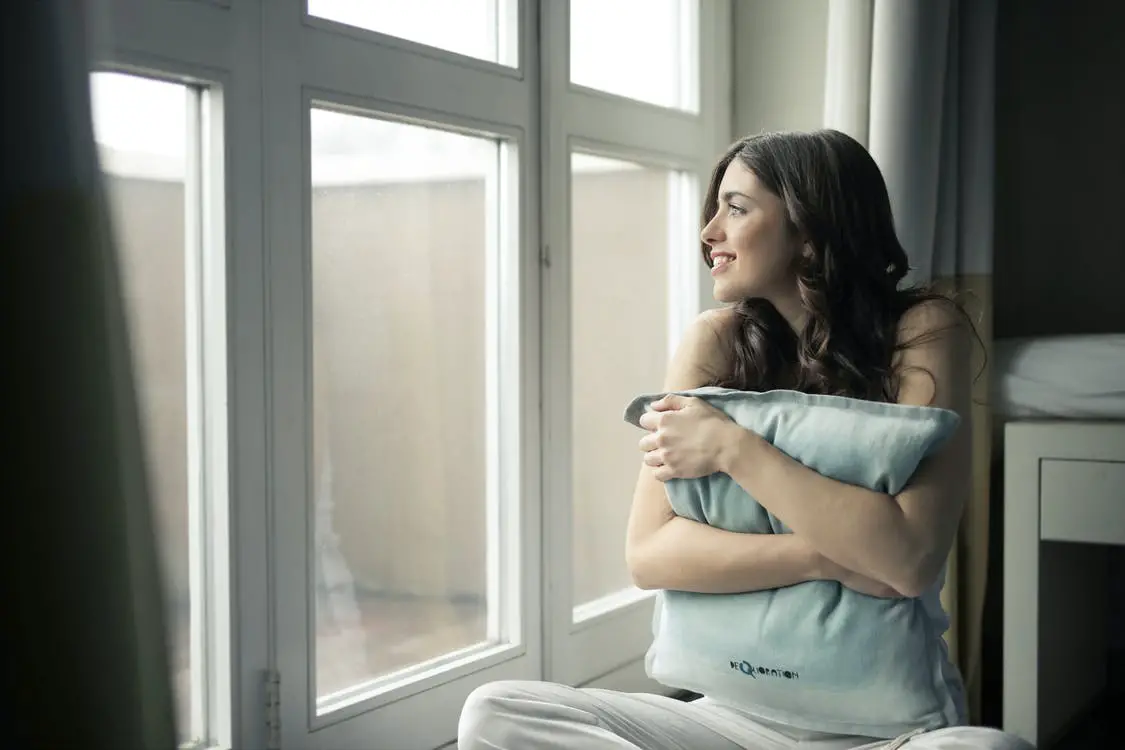
![Best Books About Burn-Out [Top 10] [Update 2025]](https://happyrubin.com/wp-content/uploads/2020/06/beste-boeken-over-burnout-lijst-440x264.jpg)
![Best Self-love Books [Top 10] [Update 2025]](https://happyrubin.com/wp-content/uploads/2020/04/beste-boeken-over-zelfliefde-aanraders-440x264.jpg)
![Life changing books: 10 books that change your life [2025 Update]](https://happyrubin.com/wp-content/uploads/2020/03/levensveranderende-boeken-tips-150x150.jpg)
![Top 10 Best Books: Recommendations Per Genre [2025 Update]](https://happyrubin.com/wp-content/uploads/2019/12/best-books-per-genre-150x150.png)
![Best Books On procrastination: Must Reads [List] [2025 Update]](https://happyrubin.com/wp-content/uploads/2019/11/beste-boeken-over-uitstelgedrag-tips-150x150.jpg)
![Joe Dispenza: Events To Attend [2025 & 2026] [All Info]](https://happyrubin.com/wp-content/uploads/2020/02/joe-dispenxa-events-440x264.png)
![Best Online Study Options [Online Education Top List]](https://happyrubin.com/wp-content/uploads/2019/03/best-home-study-options-440x264.png)
![Teachable Review & Experiences 2025 [Bad Online Training Tool?]](https://happyrubin.com/wp-content/uploads/2020/02/Teachable-review-ervaringen-150x150.png)
![Audible Review, Experiences & Special Discount [Scam?]](https://happyrubin.com/wp-content/uploads/2020/01/audible-review-ervaringen-150x150.png)
![Guest Posts Wanted [Free & Always Directly Accepted]](https://happyrubin.com/wp-content/uploads/2019/05/gastbloggen-regels.jpg)
